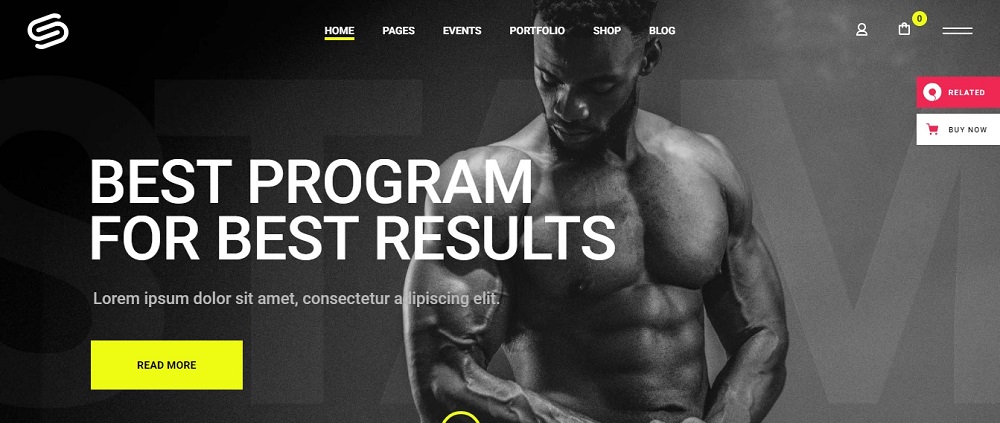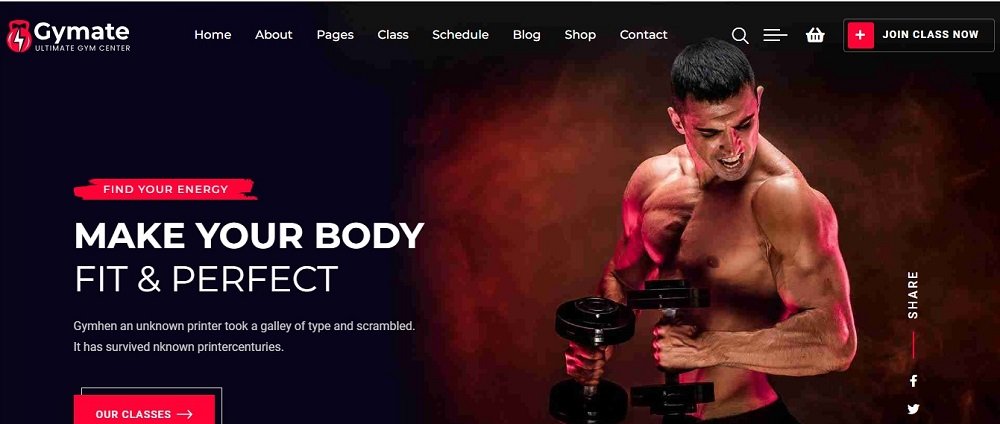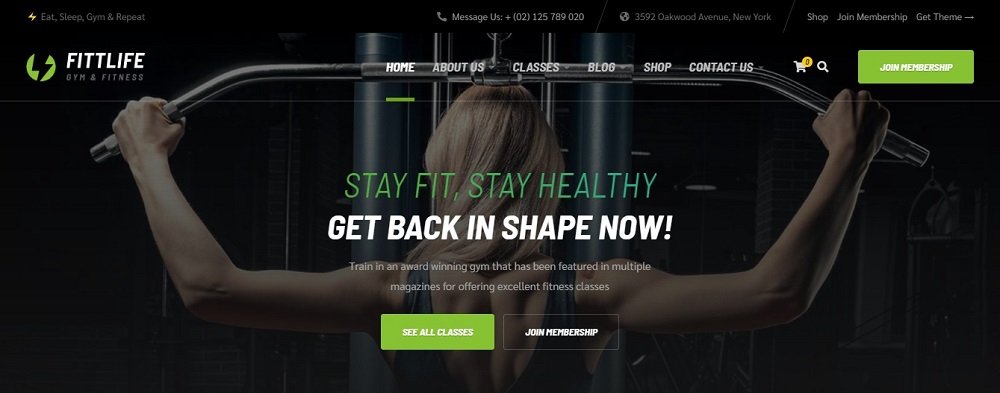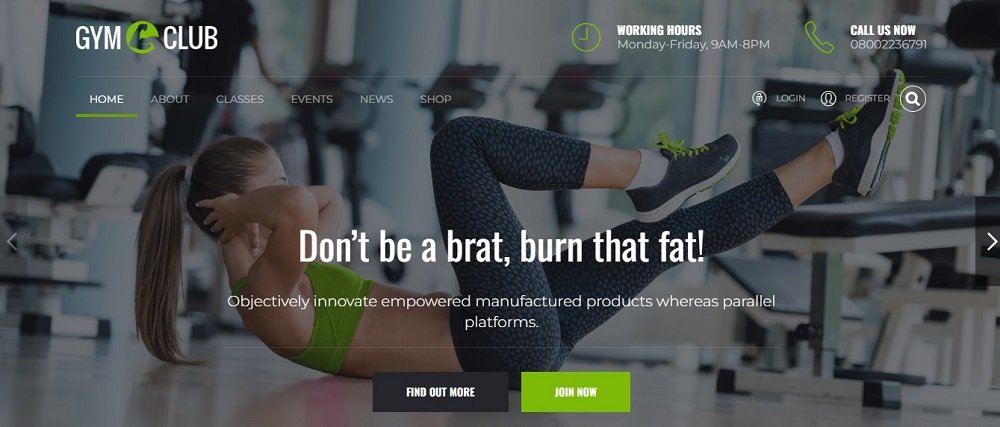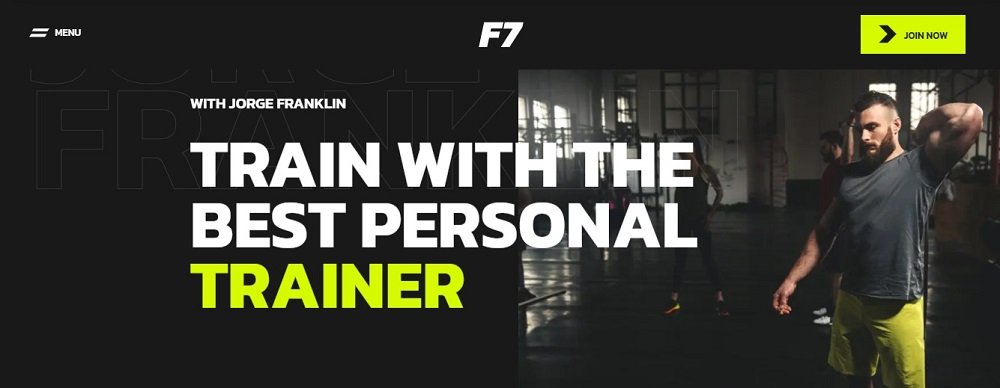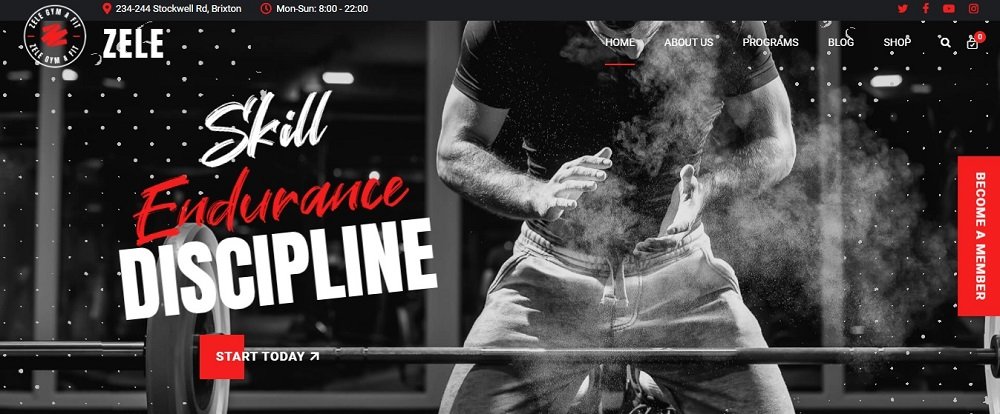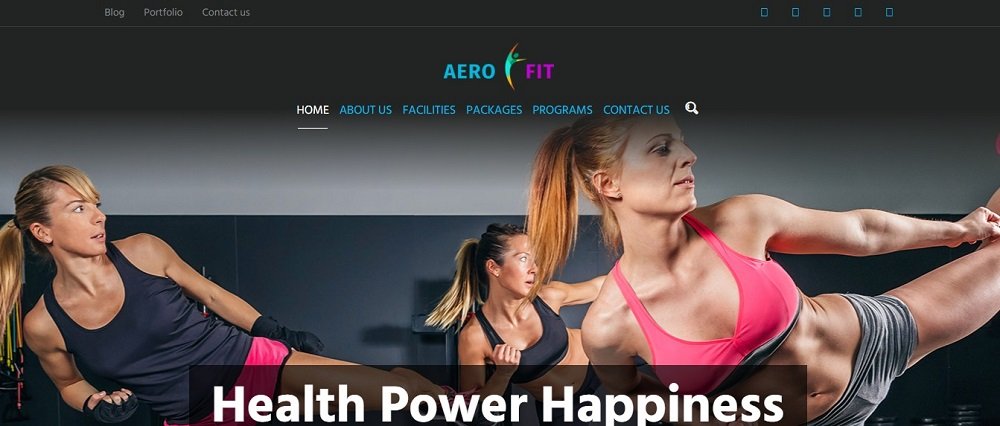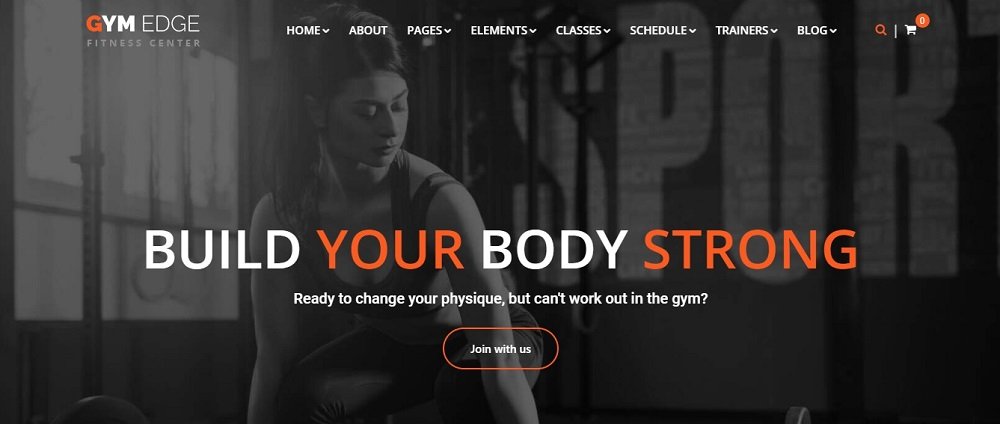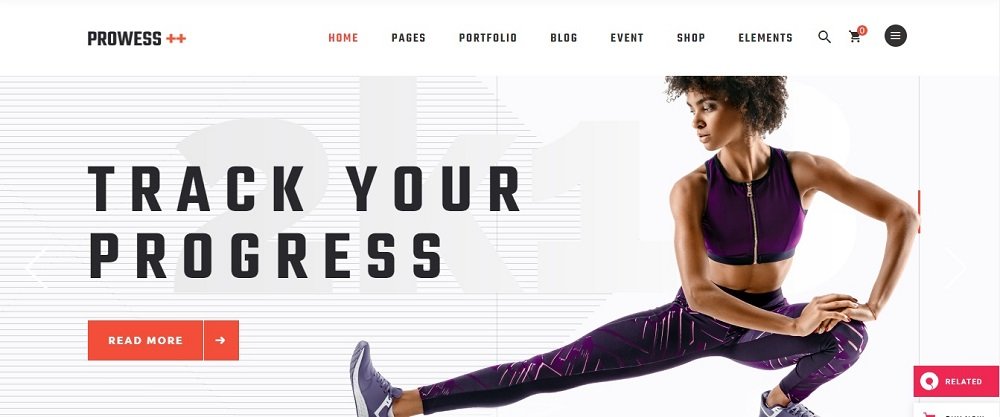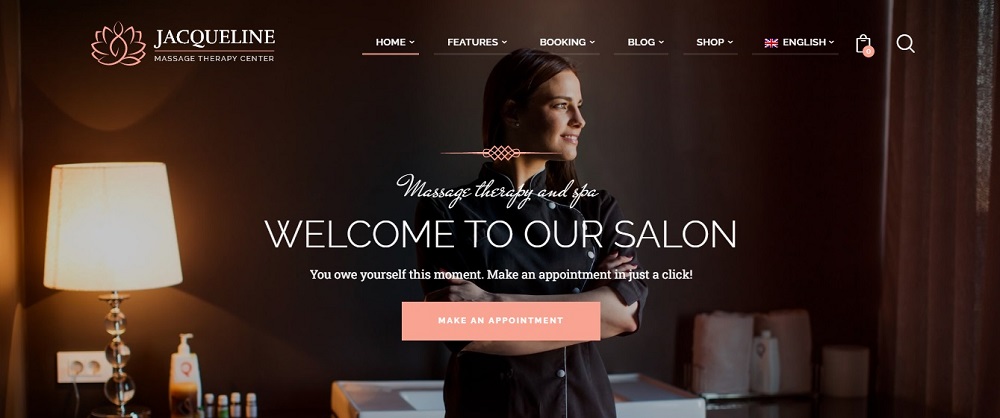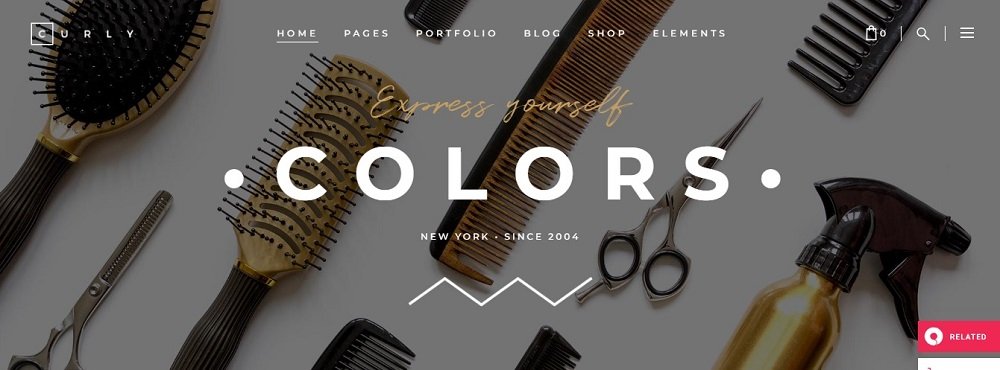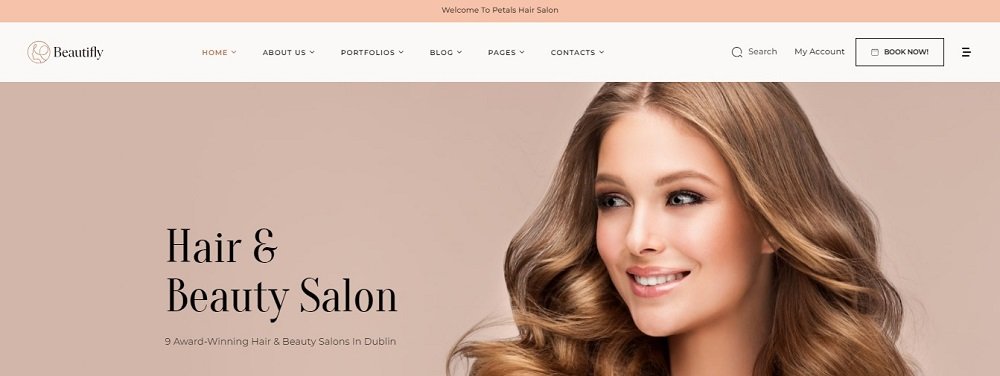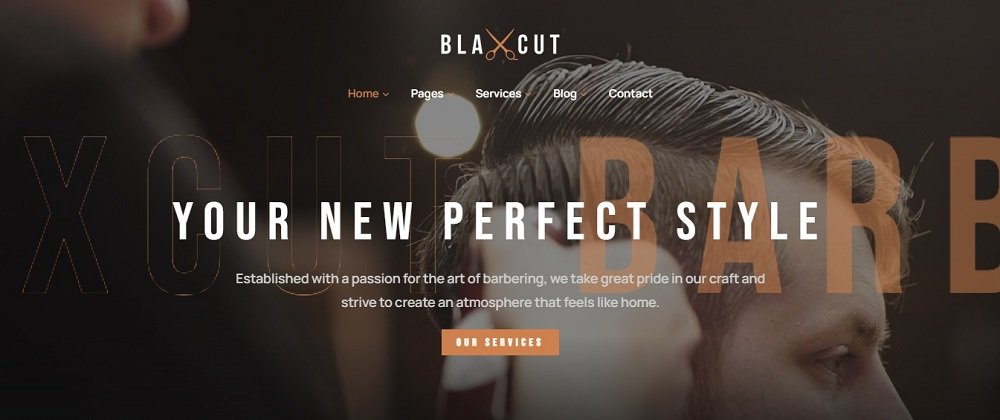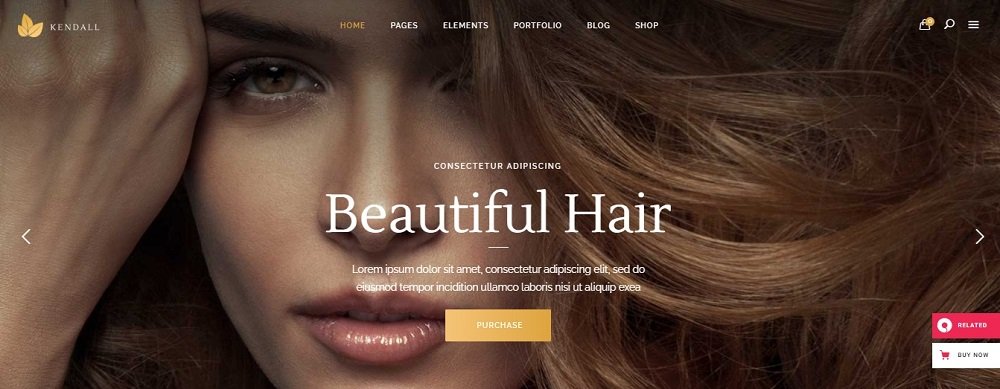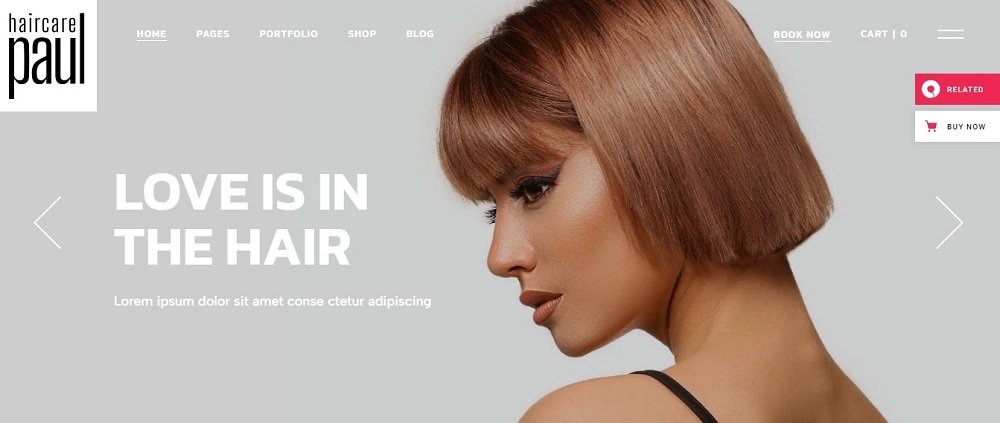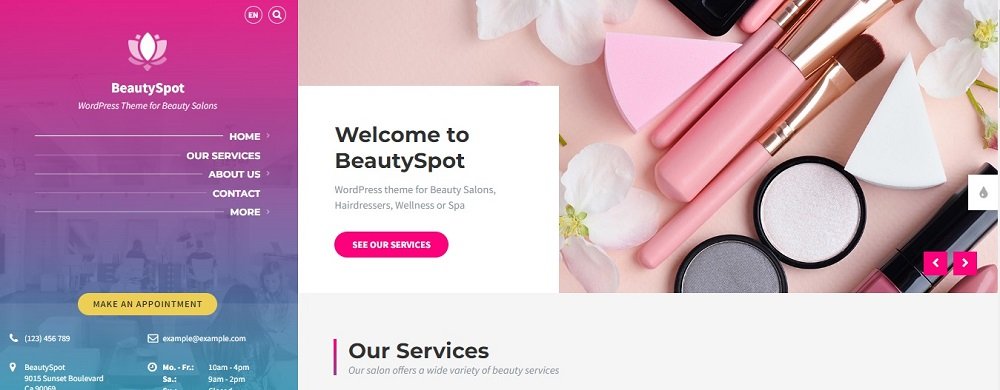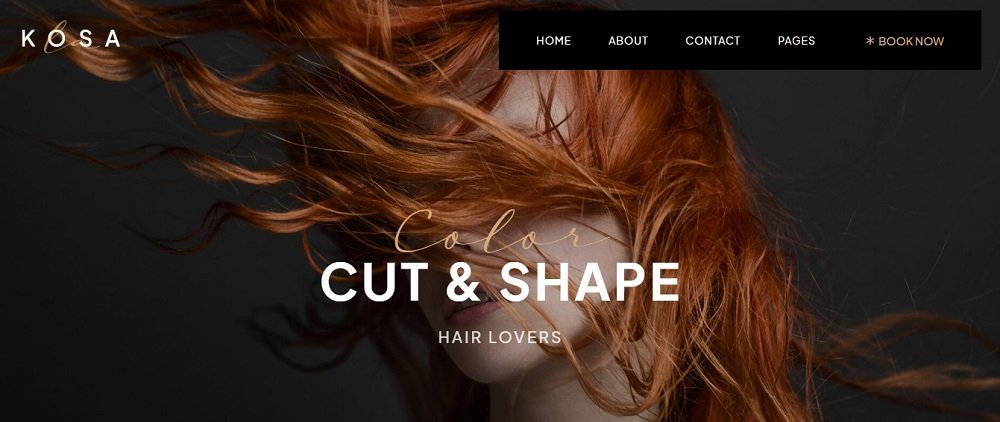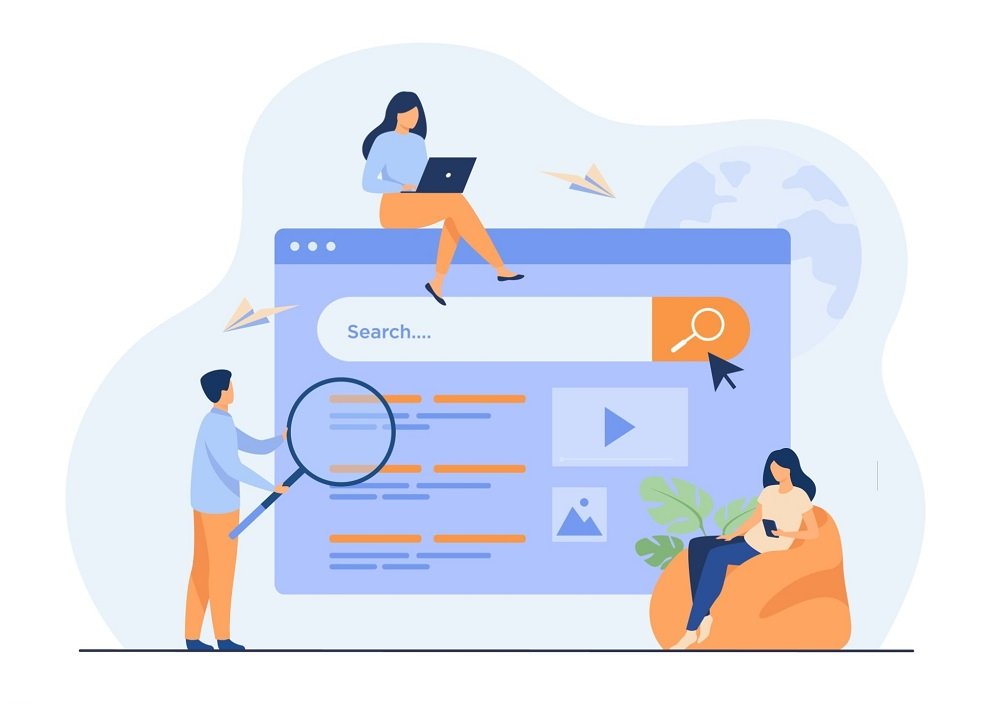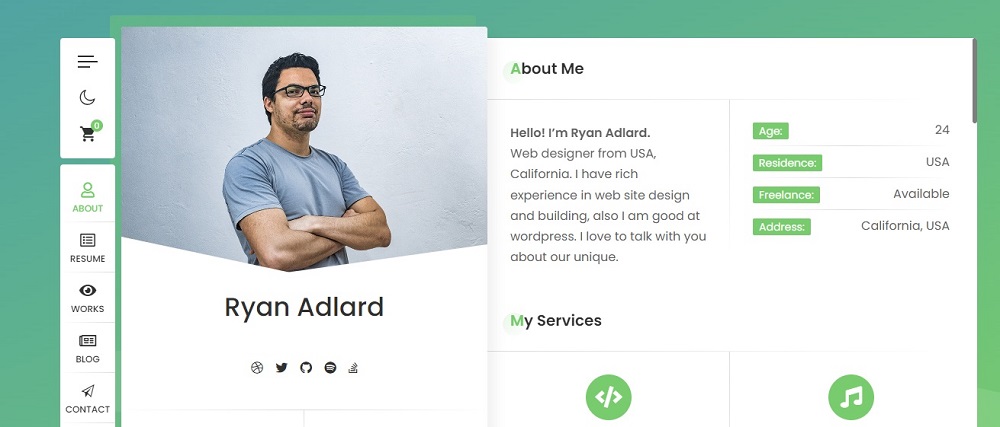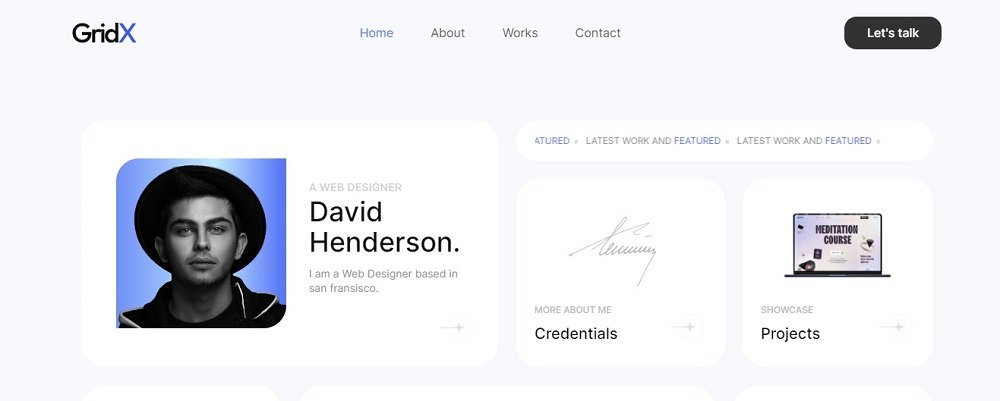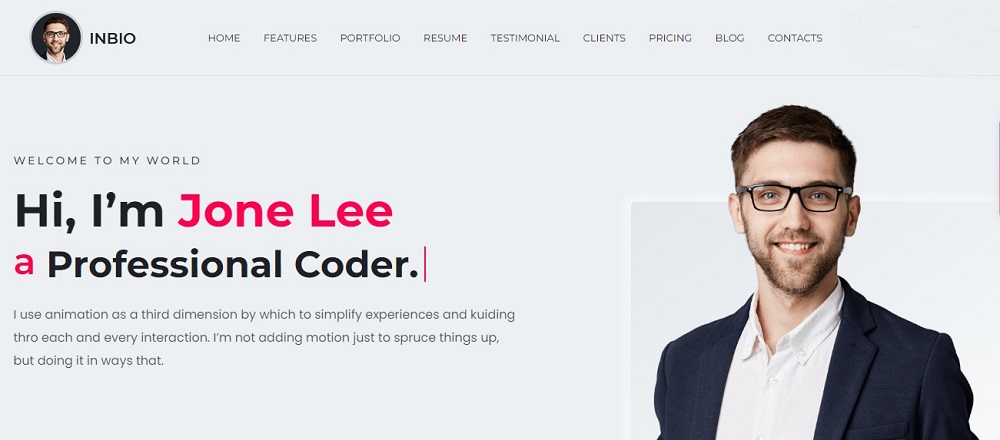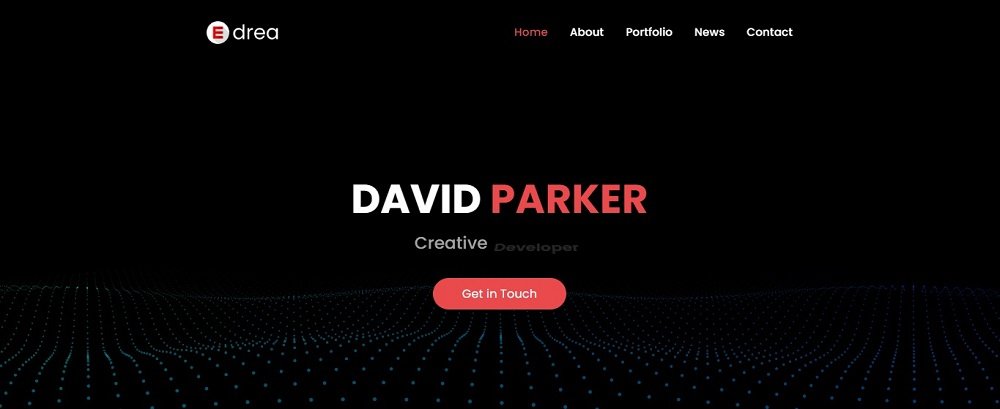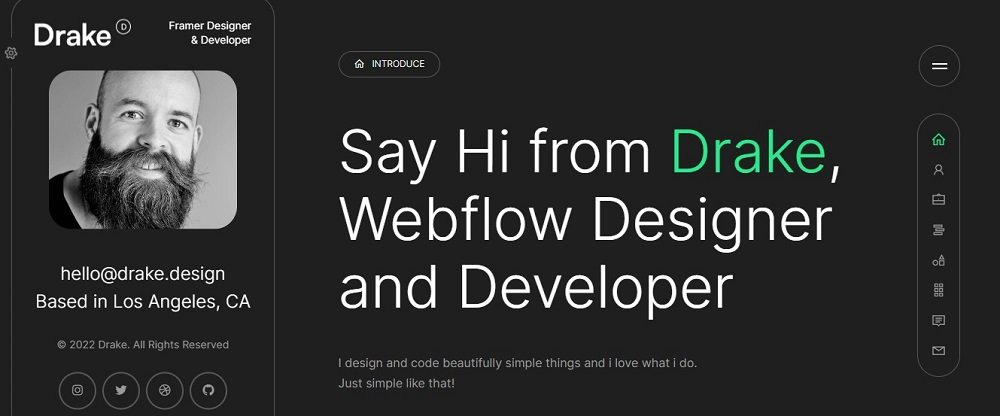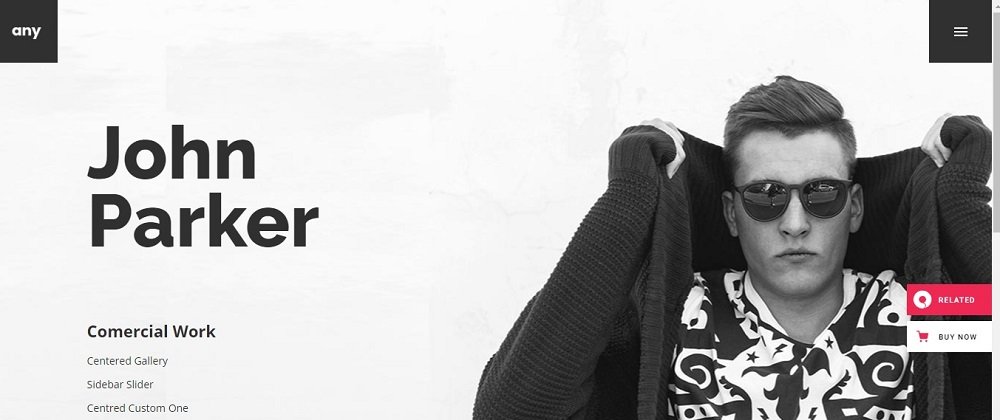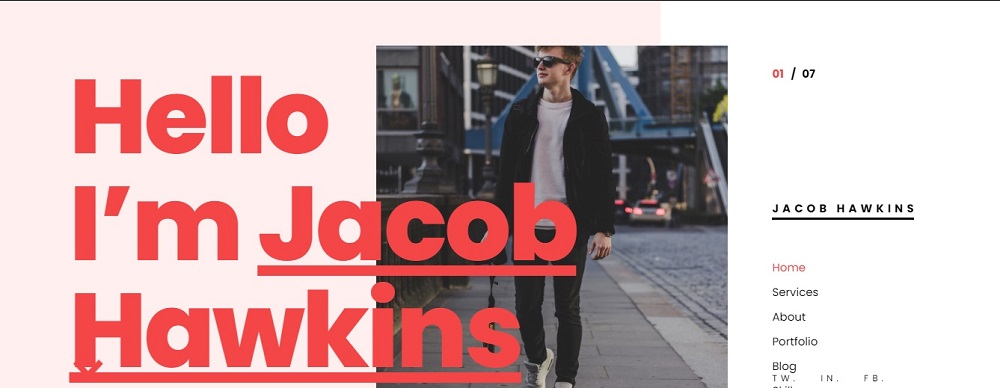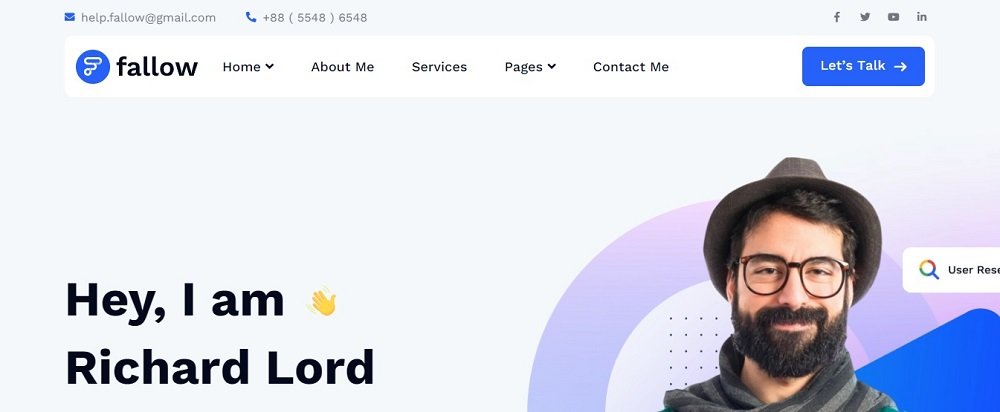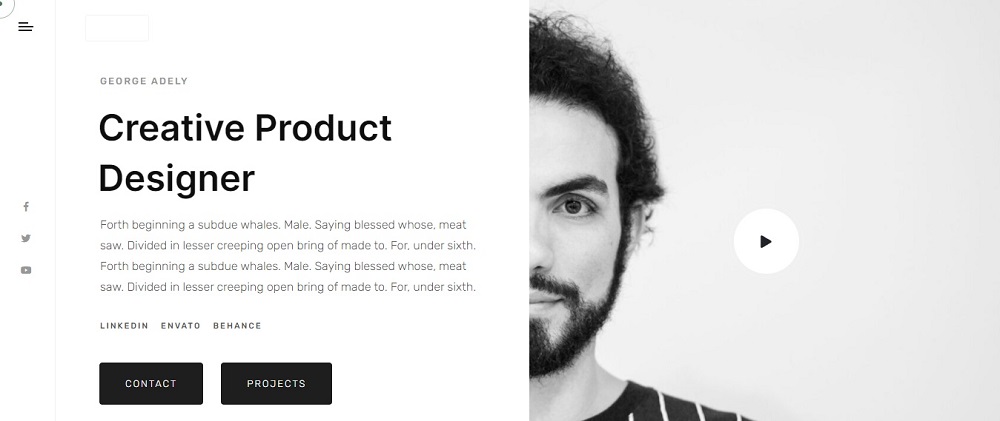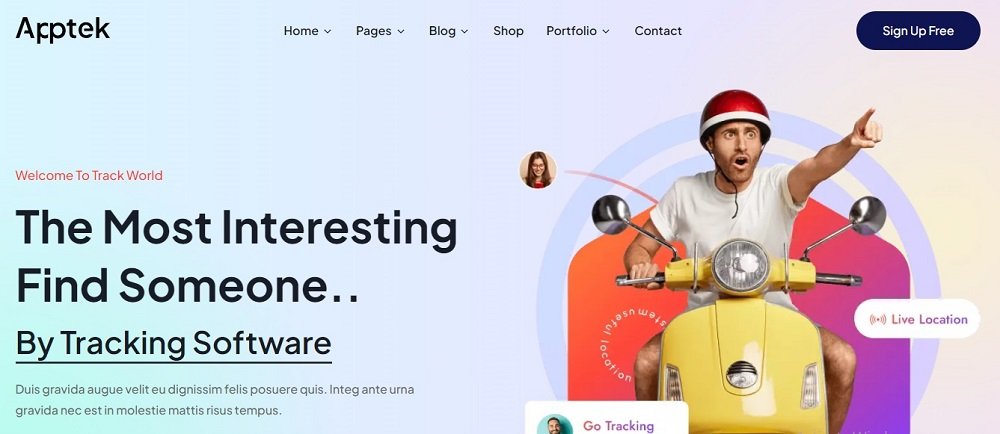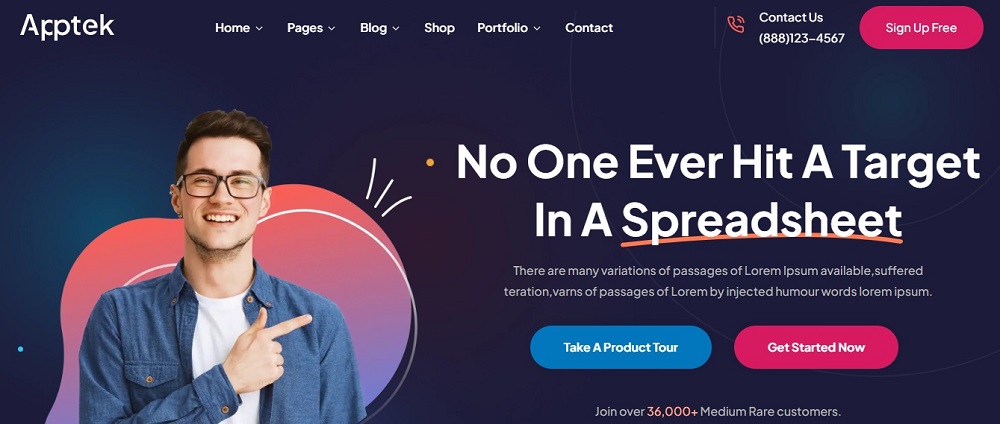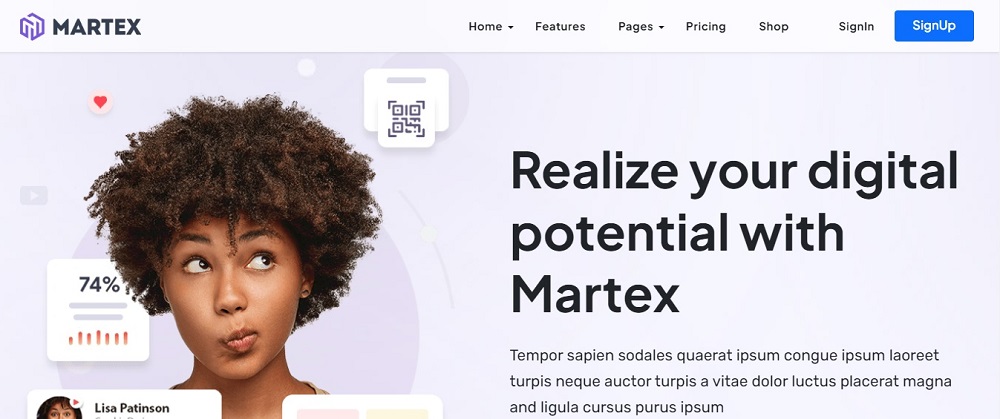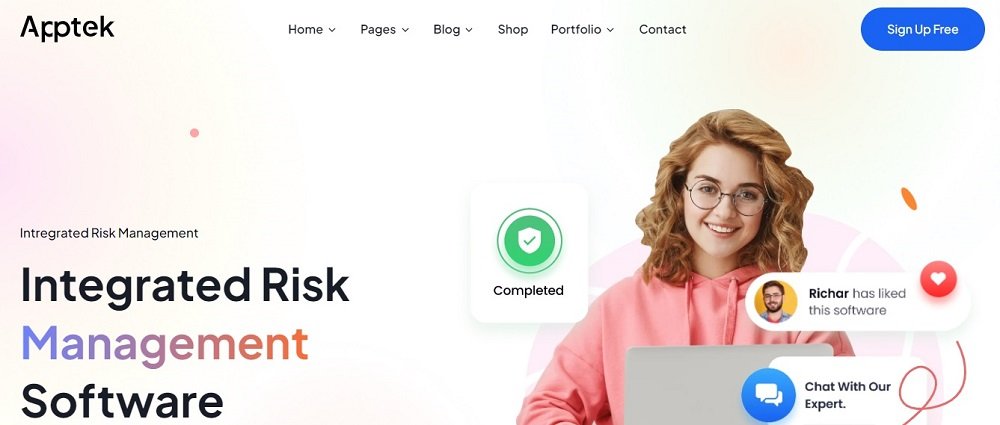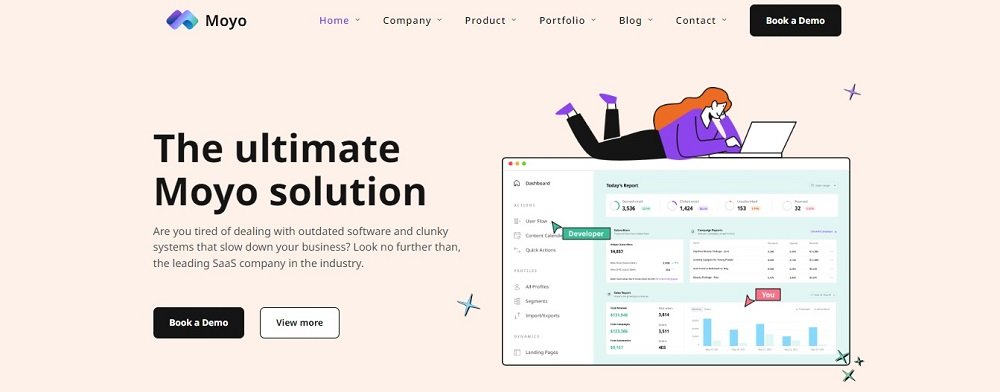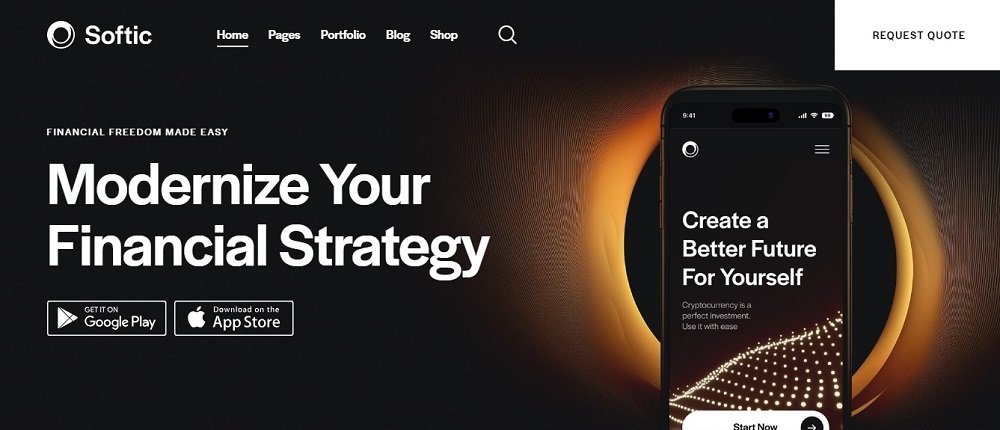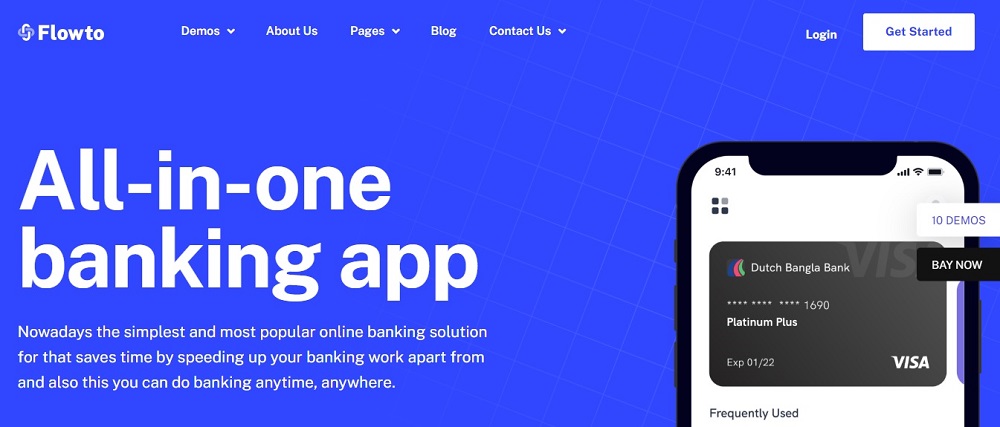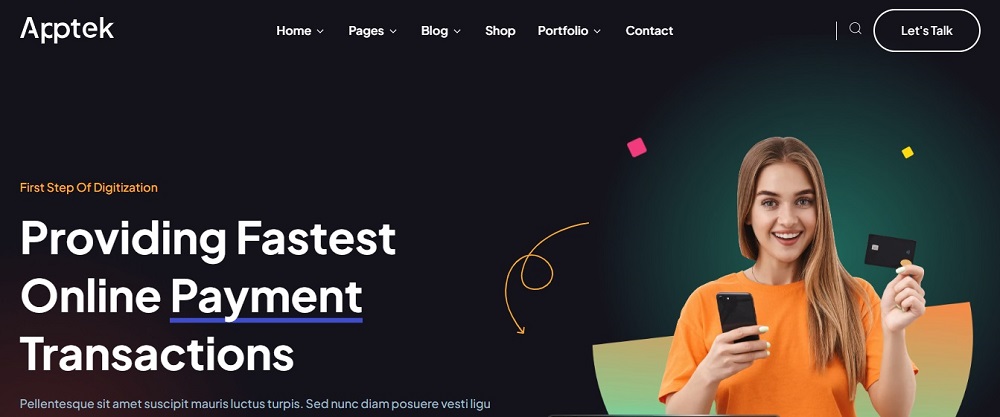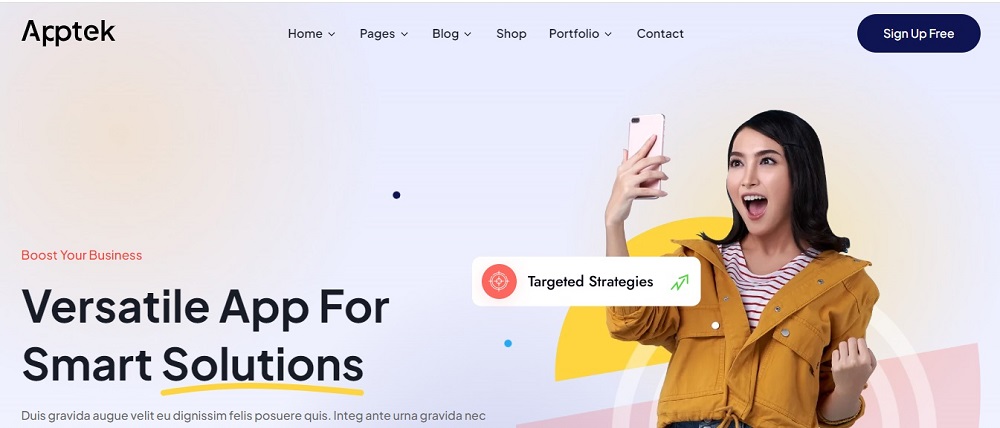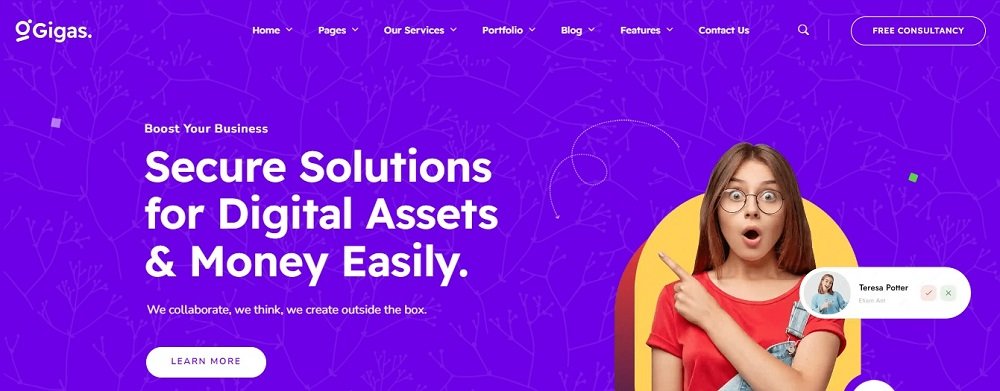Online presence and visibility of your webpage or brand remain the utmost priority in this ever-changing marketing trend. In today’s digital landscape, sharpening the skill of search engine optimization (SEO) is given to enhance your online presence and generate traffic to your brand.
The key to gaining this prized online presence is technical SEO which is widely recognized as the foundation of SEO. To rank higher and lead in the digital world, you need to optimize your content and the technical parts of your website.
Table of Contents
Toggle- What is Technical SEO?
- 10 Technical SEO Checklist
- 1. Make sure your website is mobile-friendly
- 2. Create and submit an XML sitemap
- 3. Fix any crawl errors
- 4. Optimize your page load speed
- 5. Use structured data markup
- 6. Get rid of any duplicate content
- 7. Install an SSL certificate
- 8. Use canonical URLs
- 9. Check for broken links
- 10. Keep your website up-to-date
This article will bring you through the 10 technical SEO checklist components that are needed to improve the technical ability of your website. This comprehensive guide will get you covered on everything from SSL certificates to mobile friendliness. Buckle up as we set off on a journey to improve the functionality, user interface and rankings of your website.
What is Technical SEO?
Even if you have generated the most engaging content for a particular niche but your website lacks technical SEO parts that need to be fixed, your webpage will not rank in the SERPs. Therefore, technical SEO is an essential part of your SEO but what technical SEO is?
Technical SEO is the process of optimizing the crawling, indexing, and rendering stages of your website to attain higher rankings in the SERPs. To be precise, technical SEO is a part of on-page SEO that focuses on the technical aspects of your website to improve its ranking.From XML sitemaps, crawling, indexing, and site speed to SSL certificates, image SEO and canonical URLs, technical SEO is a core element for optimizing your website.
Here’s a checklist of 10 technical SEO elements that you must use to increase your website traffic and rank it higher.
10 Technical SEO Checklist
1. Make sure your website is mobile-friendly
It is imperative to serve mobile users in the era where smartphones are a dominant technology. According to one of the major Google, algorithm updates in 2015, google ranks mobile-friendly websites higher in the SERPs and gives them more weight since better accessibility for each mode of technology is necessary to win the audience.You can check the mobile-friendliness of your website using different tools such as Google’s Mobile-Friendly Test, GTMetrix, and Bing’s mobile-friendliness test tool. The Google’s Mobile-Friendly Test will help you test your website and determine if it is mobile-friendly or not as per Google’s criteria.
2. Create and submit an XML sitemap
XML sitemaps help search bots track,comprehend,and crawl your webpages and you can visualize it as a map for your website. Sitemaps help Google to find and index your webpages however, you must know how to create an XML sitemap and submit it to Google Search Console or Bing Webmaster Tools. You must keep updating your webpage’s sitemaps while you add or remove any webpage.
If you use WordPress then you are lucky since you can use WordPress plugin to create a sitemap for free. After submitting a sitemap, give priority to high-quality pages in your sitemap and if you block a page make sure to remove the sitemap for it as well.
3. Fix any crawl errors
Search engine crawlers must be viewed as inquisitive visitors looking at every area of your website, not as a huge palace. Imagine that some of the doorways are closed and some corridors are blocked. The visitors won’t be able to visit the mansion and its beauty. Similarly, crawl errors are comparable to that huge mansion with barred doors and locked pathways.
The search engine rankings of your website may be greatly affected by crawl errors which may include broken links, server errors, or missing pages. Developing a strong SEO profile requires routinely assessing your website and fixing crawl issues. You can address these problems by using Google Search Console and fixing crawl errors for better ranking. When you’re at it, ensure you are not blocking any pages that should not be blocked by checking your robots.txt file.
4. Optimize your page load speed
Page load time is a crucial component of Google’s ranking algorithm and fast-loading websites are ranked higher by Google because of a better user experience. Lower bounce rates often indicate that users are more likely to stick around your website for a long time and browse a speedy website.
You can try compressing file size, adjusting browser caching, and cutting codes to make your website lighter. There are many internet tools to help you track your webpage speed errors and fix them such as Google Page Speed Insights. Google also recommends keeping your server response time within 200ms and using a content delivery system (CDN) to optimize webpage speed.
5. Use structured data markup
You can add extra flair and context to your listings by structured data markup. It provides relevant information about your webpage to the search engines so that they know what your content is about. If you apply it correctly, structured markup data can make your content appear as rich snippets, generating more clicks and traffic. It also enhances the user experience because it provides useful information directly on search results. It is just like a sneak peek into your website’s content for your audience.
Structured data can be used in several ways such as using Schema.org vocabulary and choosing from several formats like JSON-LD or Microdata. It will make your content more meaningful, alluring and interesting for the users.
6. Get rid of any duplicate content
If identical content appears elsewhere and, on your website,it is considered duplicate content and may lower the ranking of your webpage because of the search engine’s inability to distinguish which version of the content is more relevant.
To address this issue, you must perform regular content audits to combat duplicate content and use canonical tags to specify a webpage’s preferred version of content. You may use 301 redirects where applicable since search engines will better evaluate your material if your content is clear.
7. Install an SSL certificate
Security is paramount in this digital world, for every website an SSL certificate is your security ID card guaranteeing users that their data is protected. However, SSL certificates affect SEO rankings that go beyond credibility. As per Google’s Guidelines, sites with an SSL certificate are favored in search results since it kept HTTPS as a ranking factor for SSL certificates.
Many hosting providers provide SSL for free however, it is an easy process to install an SSL Certificate after which your website will start will https instead of http indicating a secure connection.
Visitors may rest easy knowing their data is encrypted and develop a sense of confidence in the website when they see the lock icon on their address bar. Increased user trust, prolonged site engagement and improved conversion ratescan all be attributed to this feeling of security.
8. Use canonical URLs
When there are many paths to your content, canonical URLs act as a roadmap to guide search engines to the preferable path. Canonical URLs are essential for avoiding duplicate content that could also undermine your SEO ranking. This way you can inform search engines that your version is the authoritative one and any other versions should be treated as duplicate. This helps to keep your SEO plan organized and precise. You can add a canonical tag to your HTML which is a straightforward way to set up canonical tags. When any webpage has this tag, search engines point to the one as original where the canonical tag is present.
9. Check for broken links
When a user searches for a URL to any of your webpages that no longer exists, it is known as a broken link, and it frustrates the users resulting in the de-ranking of your webpage. It is a dead link or 404 error which hurts user experience and may be evaluated as a sign of neglect on high-quality websites. You must regularly check your website for any broken links and fix them promptly and you can use many online tools such as Broken Link Checker Plugin which is available on WordPress if your site is running there.
Once you activate this plugin, it will scan your website for the next 72 hours and notify you of any broken links that you can fix immediately.
10. Keep your website up-to-date
Lastly, you should keep your website up-to-date with content and technical SEO so that your website ranks higher in terms of value and fresh content. Search engines favor websites that keep updating their content and add relevant links to make it credible. It is not just about creating new content but updating pages, plugins and software while fixing any errors to ensure it remains valuable for the audience. You must also update any scripts and plugins for security purposes.
Create new blog entries, update product listings, and update your homepage with the most recent information. Doing this will help search engines know that your website is active and ultimately help you in SEO ranking.
Conclusion
In conclusion, improving user experience is just as important as satisfying search engines as you optimize your website with these 10 technical SEO checklist elements. Not only are search algorithms fond of websites that are quick, reliable, and informative but they will also retain visitors. To ensure that your visitors have a positive and smooth online experience, keep optimizing the technical SEO of your website.
Contact Tectera who provide SEO services in Scarborough to do technical SEO checklist for your website.
See Also:





